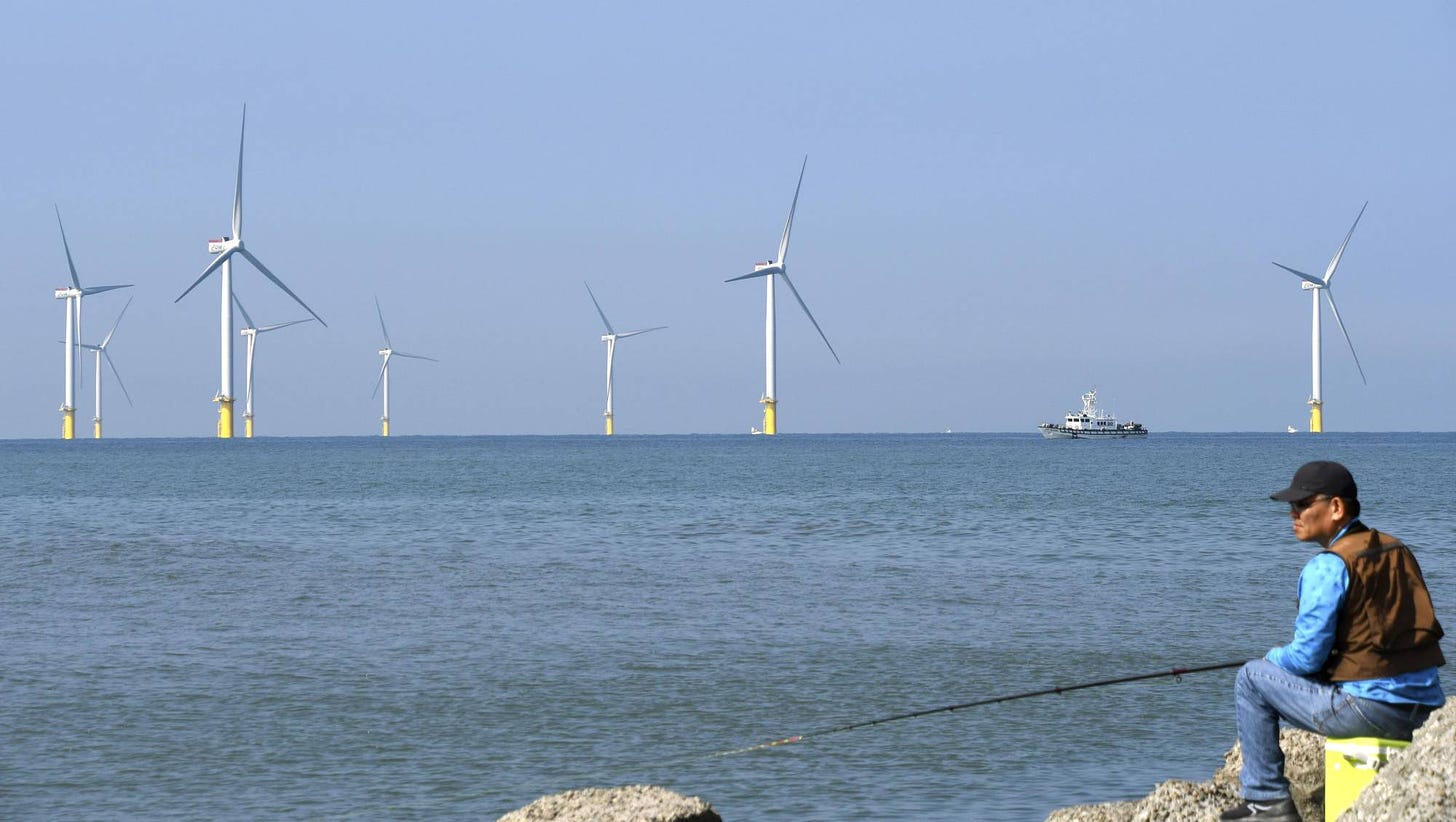Offshore wind farming about to go mainstream
In 2019 Japan passed legislation allowing offshore turbines to operate for 30 years. It was years in the making, no doubt as the country struggles to balance its energy consumption demand with its recent nuclear problem and sustainability pushing towards renewables.
According to McKinsey research, the two wind farms of the ¥100 billion Akita project will generate with a capacity of 140 MW, enough electricity to power at least 150,000 of Japan’s 52 million homes.
By 2030 Japan plans to have installed a total of 10 GW, and the country’s possibilities are even greater. The International Energy Agency estimates Japan has enough technical potential to satisfy its entire power needs nine times over.
Offshore wind farming has become one of the core power-generation technologies of Europe, with installed capacity of 22 GW2 and about 100 GW planned by 2030. Taiwan and the United States have already commissioned the first small projects and plan for more than 10 and 25 GW by 2030, respectively.
Here’s where it gets interesting.
California joins offshore wind farming movement
California is on track to create the first floating offshore-wind farms in the US. The West Coast’s deep waters and strong winds make it—like Japan—an ideal location for offshore-wind power. These new floating farms are expected to generate more than 100 times the total offshore-wind power currently generated in the US.
In May 2021, Interior Secretary Deb Haaland and California Gov. Gavin Newsom announced plans to open up parts of the West Coast, off central California’s Morro Bay and near the Oregon state line, for offshore wind power. The water there gets deep quickly, so any wind farm that is even a few miles from shore will require floating turbines. Newsom said the area could initially provide 4.6 gigawatts of clean energy, enough to power 1.6 million homes.
Benefits and opportunities
I’ve been looking for renewable investment opportunities over the past few weeks, paritcularly around hydrogen and adding more exposure to carbon credits to my portfolio. Offshore wind comes with many technical issues, but it seems like the big energy companies are taking serious attention.
The problem is that each turbine has to be driven into the seabed, so it can’t be installed in waters deeper than 200 feet. As a result, wind farms can’t be built farther than about 20 miles away from shore, which limits their performance potential since the winds are stronger farther out into the ocean.
Despite this, things are moving
After years of waiting, the Australian federal government finally introduced the country’s first offshore electricity legislation in parliament last week. The bill will establish a regulatory framework for the offshore wind industry, paving the way for more than ten proposed projects.
Australia’s wind resources are among the world’s best, comparable to the North Sea between Britain and Europe where offshore energy is an established industry.
This week, Shell said it is looking to develop a huge floating offshore wind farm in South Korea.
I’m keeping an eye on projects such as Star of the South, Australia’s first offshore wind project. The projects is proposed to be located off the south coast of Gippsland, it has the potential to supply up to 20% of Victoria’s electricity needs while creating jobs and investment.
I’ll be adding more similar companies and ventures which pop up on my screen in the coming weeks. Subscribe to get updates as I publish them each week.





